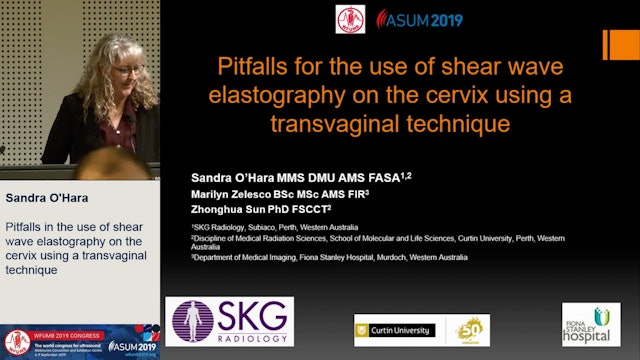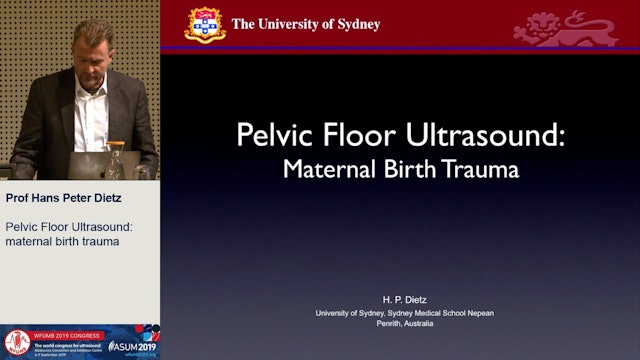O&G
-
Rare autosomal trisomies: Important and not so rare
Noninvasive prenatal testing (NIPT) can assess chromosomes other than 13, 18, 21, X and Y. These rare autosomal trisomies (RATs) can adversely affect pregnancy outcome. A prospective study of NIPT using the Illumina sequencing platform assessing all chromosomes were reported for further managemen...
-
Prediction of preterm delivery
-
Pitfalls in the use of shear wave elastography on the cervix
Ultrasound shear wave elastography has the potential to assess the strength of the maternal cervix for signs of insufficiency.1, 2 The reliability of shear wave elastography in biological tissues can be affected by numerous ultrasound artifacts and prestress of tissues in the region of interest c...
-
Echogenic bowel in the foetus
Learning outcomes: - Find out how best to identify the ethology
- Strategies for management. -
Pelvic floor ultrasound: essentials
Female pelvic floor dysfunction encompasses a number of prevalent conditions and includes pelvic organ prolapse, urinary and fecal incontinence, obstructed defecation and sexual dysfunction. In most cases neither etiology nor pathophysiology are well understood. Imaging has great potential to enh...
-
US evaluation of the child and adolescent with gynaecological problems
This talk will focus on the approach to imaging in this group of patients. The role of ultrasound, its limitations and important considerations in this group of patients will be discussed.
-
Common presentations in paediatric and adolescent gynaecology
This talk will give an overview of commonly seen conditions in adolescent and paediatric gynaecology and an approach to imaging.
-
Transabdominal approach for ovarian vein incompetence
-
Ovarian pain - cysts, torsion
-
Parent-centred communication in obstetric US
14 items
The aim of this workshop is to improve the communications with and care of parents during obstetric ultrasound examinations, in particular in the event of adverse and unexpected findings. It will introduce and explore new guidelines developed by a multidisciplinary team of experts from sonography...
-
Non-tubal ectopic pregnancies Classification and Diagnosis
-
Myometrial pathology: The diagnosis and management
-
The morphology scan - live workshop
-
Mild ventriculomegaly: The tip of the iceberg
-
Intergrowth-21st: Findings from longer term follow up and implementation
-
Growth scans - live workshop
-
Non-tubal ectopic pregnancies: an Australian experience
In this presentation, we will report results for an Australian cohort of women diagnosed with non-tubal ectopic pregnancies, describing treatment modalities and analysing clinical outcomes. In particular, we focus on the expanding role of ultrasound-guided procedures and minimally invasive surgic...
-
What to do when NT is ? 3.5mm
What is the follow up required for an Nuchal Translucency (NT) is ? 3.5mm. Discussion on the use of screening and invasive tests.
-
Fetal renal parenchyma: a novel measurement to assess kidney development
Fetal renal parenchyma: Evaluation of a novel ultrasound measurement to assess kidney development
-
New ideas about Doppler assessment - the CPUR
-
IUGR: Detection & assessment, Onset, Management & Future
Learning outcomes:
- Difficulty in screening and diagnosing growth restriction.
- Tests available in utero, their use and limitations, to decide on timing of delivery.
- The difference between early and late growth restriction
- Neuroprotective agents: pre and/or post delivery, could they be the... -
FGR - Optimising the timing of delivery
-
Frontiers of obstetric ultrasound: Malformations detected at 8-10 weeks
-
Follow-up of dichorionic twins
Only once chorionicity is correctly assigned can appropriate follow up be planned for a twin pregnancy. Dichorionic twins, considered the ësafestí type of twin pregnancy, remain at increased risk of preterm birth, structural abnormalities, and intra-uterine fetal death. Second trimester ultrasoun...
























